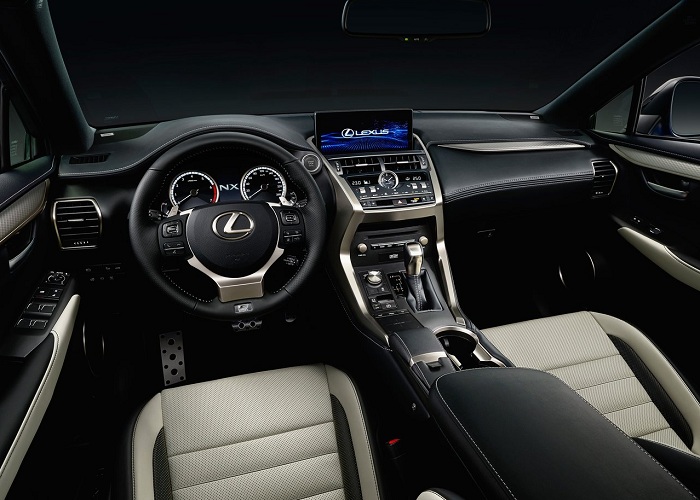Although claimed to have been thoroughly enhanced, the changes are subtle with a redesigned front bumper now blending in more with the tweaked spindle grille, triple projector-type headlights borrowed from the LC 500, reshaped rear bumper, elongated full-LED tail lamps, lengthened tailgate and two new 18-inch alloy wheel designs.

Inside, the cabin has been "slightly reworked" with a larger 10.3-inch infotainment display, toggle switches for the HVAC controls, redesigned and enlarged touchpad on the centre console, new analogue clock, metallic finishes on the door handles, gear lever, window switches and volume knob, repositioned USB ports with better amperage for charging, wider wireless smartphone charging tray and an integrated Heads-Up Display panel.
The flagship F-Sport also gets textured Naguri aluminium inserts, white and black seat trim and separate readouts for the turbo boost and G-Force on the Heads-Up Display.

Changes have also been made underneath the skin with retuned springs, stabiliser bars and bushings, the same Adaptive Variable Suspension system as the LC 500 that can make 650 instant compression and damping adjustments versus the previous 30, more sound deadening materials and new shock absorbers.
Safety has also been sharpened up to now include Pre-Collision System, Dynamic Radar Cruise Control, Lane Departure Warning, Automatic High Beam and Intelligent Clearance Sonar.
Up front, the NX continues as is with the only difference being the 200t adopting the 300 designation, while the hybrid remains known as the 300h. Power and torque outputs are pegged at 175 kW / 350 Nm and 145 kW / 210 Nm respectively, with the 300 employing a six-speed automatic gearbox and the 300h a CVT.
















